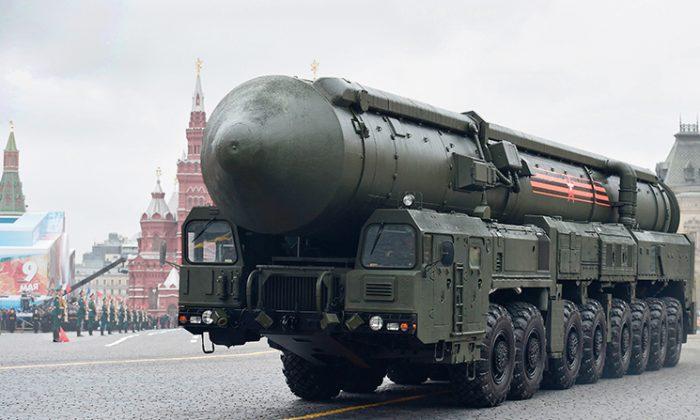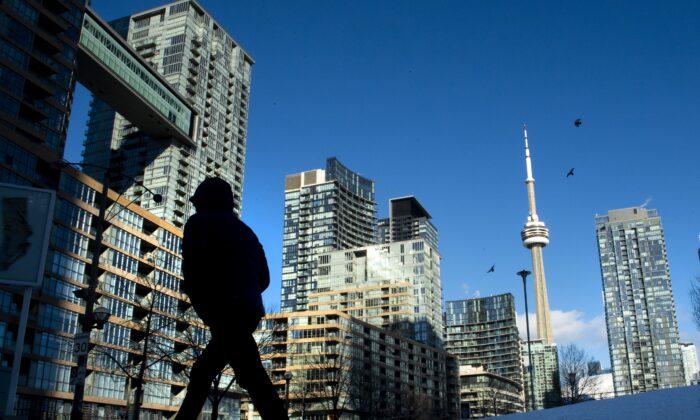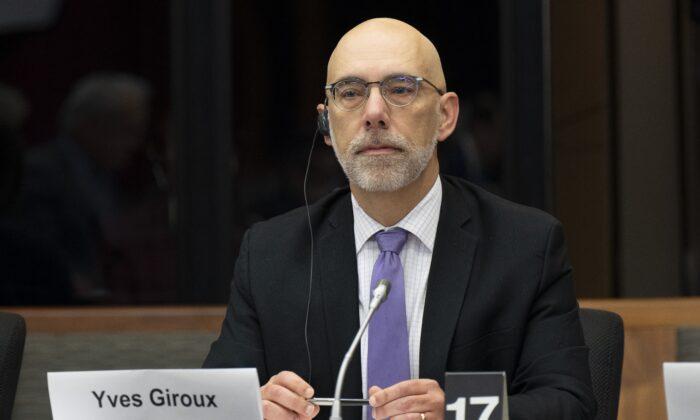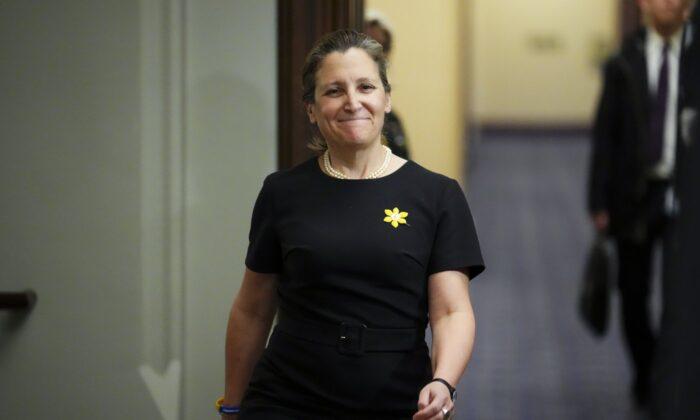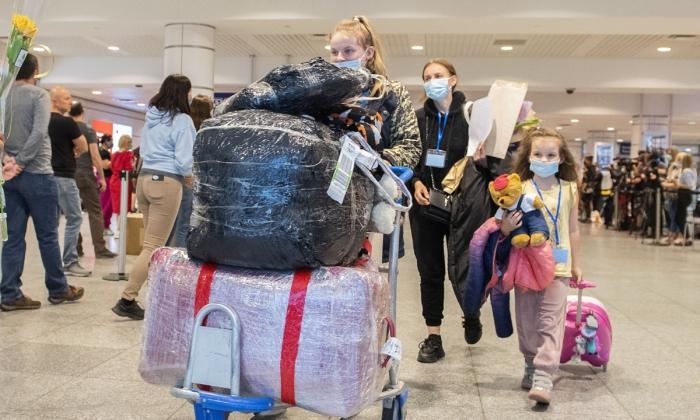There are “serious questions” surrounding Canada’s capacity to monitor potential threats of Russian hypersonic missiles in the Canadian Arctic, says the Senate National Security Committee.
Dean told reporters that Russia has reopened a number of Cold War-era Arctic military bases over the past 10 years, and more than 10 are “operational.”
Dean said Russia stations nuclear-powered submarines at those bases and has “an arsenal of hypersonic missiles, which combine the maneuverability of cruise missiles with the range and speed of intercontinental ballistic missiles.”
Dean went on to say there “are serious questions about NORAD’s capacity to monitor these threats and to thwart them.”
“Tracking these weapons will require upgraded, space-based satellite surveillance systems operating alongside new ground-based, over-the-horizon radar systems,” Dean said.
“Aging infrastructure and out-of-date technology are undermining the protection of Canada’s sovereignty and the defence of North America from such new threats as long-range cruise missiles and hypersonic missiles,” reads the report.
Needed Upgrades
NORAD officials have also previously called for upgraded surveillance systems.While attending a meeting in Iceland with leaders of Denmark, Finland, Sweden, and Norway on June 26, Prime Minister Justin Trudeau told reporters that the nations discussed the growing risk of China’s “interests in development, exploration, and perhaps the eventual installation of natural-resource platforms” in the Arctic.
